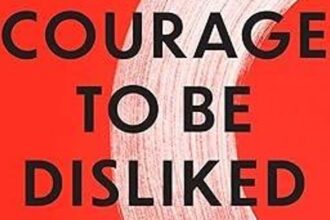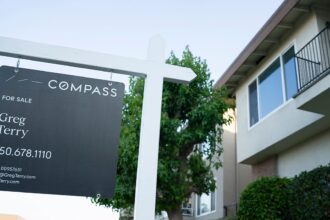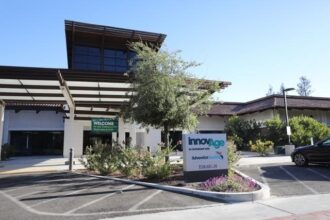Home prices show no signs of falling, even though mortgage rates inch towards 8% and buyers flee.
When will it become more affordable to buy a home?
“That is the key question of the housing market right now,” Andy Walden, vice president of enterprise research at ICE
ICE,
or Intercontinental Exchange, told MarketWatch on Barron’s Live this week.
Higher rates erode a home buyer’s budget. A prospective buyer with a monthly budget of $3,000 could purchase a $595,000 home at the start of 2022; today, they can only afford a $419,000 home with the 30-year fixed mortgage rate at 7.7%, real-estate brokerage Redfin
RDFN,
found in a recent analysis.
As a result, housing affordability has hit a 38-year low in September, and is “way out of whack right now,” Walden said.
Rates have jumped from the 3% range to nearly 7.5% in October, according to Freddie Mac
FMCC,
data.
“When you’re looking at it from a homebuyer’s perspective, a 1% rise in rates is a 12% reduction in buying power. That’s just simply the way that math works,” he said.
Home prices have also outpaced wage gains in cities like Chicago, San Diego, and Miami, among others, according to real-estate data company Attom.
For home prices to come back in line with wages, either prices need to fall, or appreciation needs to slow significantly even to a flatline, Walden said, “to allow incomes to grow and catch up.”
For that reason, the current U.S. housing market will be considered “abnormal” in the years to come, Walden added.
An ‘abnormal’ housing market
“When you look back now, the two times that you see that are abnormal are the late 1970s, early 1980s during the Volcker era, when mortgage rates pushed up to 18%,” Walden said. “That was abnormal. And we had that environment where things became way out of skew, and it took a long time to recover.”
(The “Volcker era” refers to when Paul Volcker, chairman of the Federal Reserve between Aug. 6, 1979 and Aug. 11, 1987, helped to halt inflation in the 1980s by raising real interest rates, despite protests from his critics.)
The housing market today looks like the 1980s, analysts from BofA Global Research wrote in a note on Thursday. When inflation soared in the 80s, the Fed responded by hiking rates, they said, “which doubled mortgage rates to 18.6% by 1981 and subsequently the housing market took a hit.” Baby boomers had then entered their prime home-buying years.
Today, millennials are in that position. But with rates rising for the fourth week in a row in early October, it’s unclear if this group will stomach borrowing costs and buy homes, the analysts added. “Indeed, favorable demographics were not enough to hold up the market in the 1980s and will likely not be enough to stimulate the market this time around,” they concluded.
The abnormal era of the 80s was succeeded by the Great Financial Crisis, which was driven by subprime lending and home prices crashed as a result.
“This will be the third [period] — we’ll talk about this in those types of veins,” Walden said.
“The outcomes are going to be very, very different,” he added. “It’s going to take us several years to get back to what feels like a normal housing market, if not longer. But it will be a big blip in the radar.”
Read the full article here










